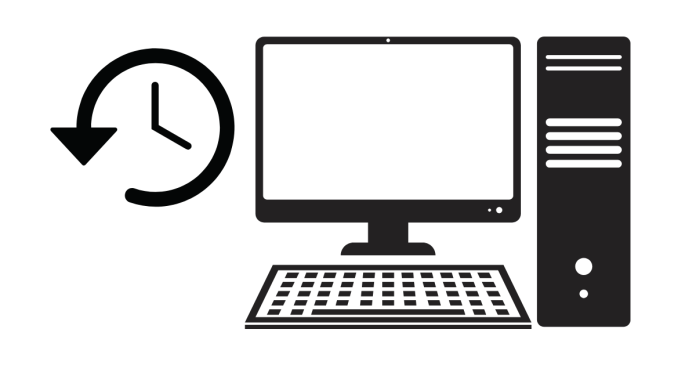The history of computers is a fascinating journey of innovation, starting from basic mechanical devices to the advanced digital machines we use today. Computers have transformed human life and continue to revolutionize industries, communication, and daily activities.
1. Early Beginnings
- Abacus (3000 BCE):
The abacus, used by ancient civilizations such as the Babylonians, Egyptians, and Chinese, is considered the first computing device. It was used for simple arithmetic calculations. - Mechanical Calculators (17th Century):
- Blaise Pascal (1642): Invented the Pascaline, a mechanical calculator that could perform addition and subtraction.
- Gottfried Wilhelm Leibniz (1673): Built the Step Reckoner, which could multiply and divide.
2. The Concept of Programmable Machines
- Charles Babbage (19th Century):
Known as the “Father of the Computer,” Babbage designed the Difference Engine and Analytical Engine, which were mechanical computers. Although these machines were never fully built in his lifetime, the Analytical Engine introduced key concepts like a central processing unit (CPU) and memory. - Ada Lovelace:
A mathematician who worked with Babbage, she is considered the first computer programmer for developing algorithms for the Analytical Engine.
3. Early Electronic Computers
- 1930s and 1940s: The development of electronic computers began.
- Alan Turing: Proposed the concept of a “Turing Machine,” a theoretical model that laid the foundation for modern computing.
- Konrad Zuse: Built the Z3 in 1941, considered the first programmable digital computer.
- ENIAC (1946):
The Electronic Numerical Integrator and Computer, developed by J. Presper Eckert and John Mauchly, was the first general-purpose, fully electronic computer. It was massive, taking up an entire room.
4. Generations of Computers
Computers evolved through different generations, marked by significant technological advancements:
First Generation (1940s-1950s)
- Technology: Vacuum tubes.
- Characteristics: Large, slow, and consumed a lot of energy.
- Example: UNIVAC I.
Second Generation (1950s-1960s)
- Technology: Transistors replaced vacuum tubes.
- Characteristics: Smaller, faster, and more reliable.
- Example: IBM 1401.
Third Generation (1960s-1970s)
- Technology: Integrated Circuits (ICs).
- Characteristics: Increased speed and efficiency, reduced size.
- Example: IBM System/360.
Fourth Generation (1970s-Present)
- Technology: Microprocessors.
- Characteristics: Personal computers (PCs) became common.
- Example: Apple I, IBM PC.
Fifth Generation (Present and Beyond)
- Technology: Artificial intelligence (AI), quantum computing, and advanced parallel processing.
- Characteristics: Machines with learning and decision-making capabilities.
5. Modern Computers
- Personal Computers (PCs):
The introduction of PCs by companies like Apple and IBM in the 1970s and 1980s made computers accessible to the general public. - Internet Revolution (1990s):
The widespread adoption of the internet changed the way people interact, work, and access information. - Smartphones and IoT:
The integration of computing into smartphones and smart devices brought computers into every aspect of life.
6. Future of Computers
The future holds exciting possibilities with developments in:
- Artificial Intelligence (AI)
- Quantum Computing
- Brain-Computer Interfaces
- Cloud Computing and Big Data
Conclusion
The history of computers reflects humanity’s quest for innovation and efficiency. From simple tools like the abacus to powerful AI systems, computers have continually evolved, shaping the world and pushing the boundaries of technology. The journey is ongoing, with endless possibilities ahead.



